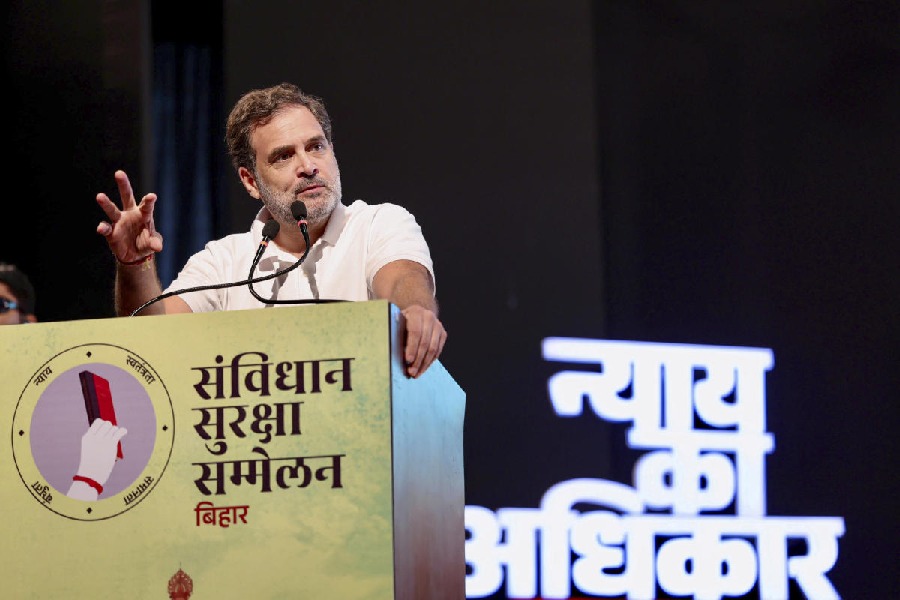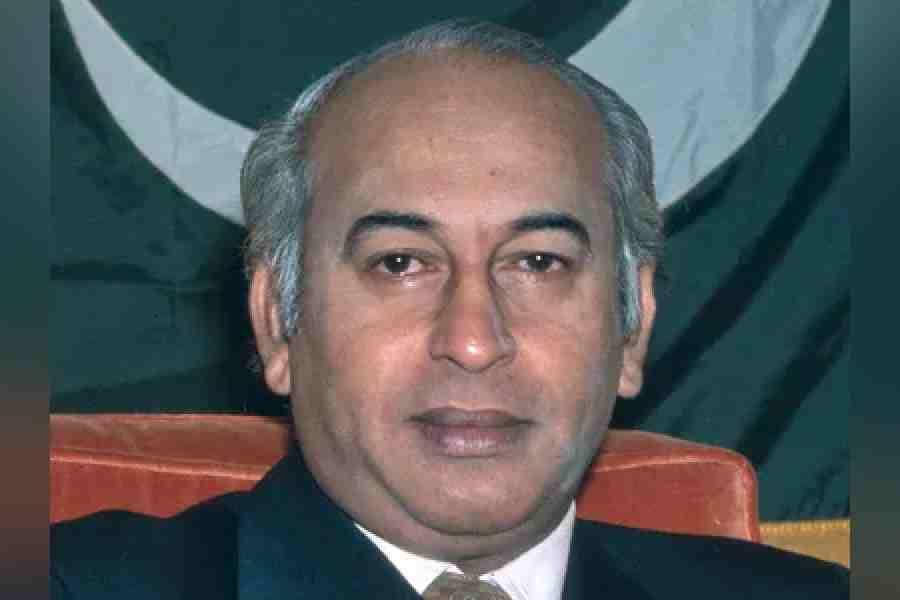 |
Shillong, May 17: Meghalaya’s agricultural labourers and cultivators have marginally declined over the last decade in spite of being masters of their own land.
Chief minister Mukul M. Sangma, who released the figures for the primary census data 2011 today, expressed concern over the decrease in the number of agricultural labourers.
According to the data, the number of agricultural labourers has dwindled from 17.7 per cent in 2001 to 16.7 per cent in 2011.
In absolute terms, the number of agricultural labourers recorded in 2011 was 1,98,364 (rural areas: 1,92,223 and urban areas: 6,141), which works to 16.7 per cent.
At the same time, the number of cultivators has declined from 48.1 per cent in 2001 to 41.7 per cent in 2011.
The state recorded a total of 4,94,675 cultivators in 2011. Interestingly, nearly 80 per cent of the total population is located in the rural areas.
Sangma said the government was concerned over the decline of agricultural labourers and cultivators but they have already initiated programmes to make the agricultural sector “attractive”.
There has been a debate over the years whether the National Rural Employment Guarantee Scheme (NREGS) has been responsible for the decline in the number of agricultural labourers and cultivators, as people feel more comfortable with “guaranteed” employment for at least 100 days in a year than to be dependent on unpredictable weather conditions for cultivation.
On the migration from rural to urban areas in the state, Sangma said they would try to bring this trend to a halt by implementing appropriate programmes and policies.
However, the census data shows an increase in rural population from 78.9 to 79.9 per cent while the urban population has declined by one per cent in 2011.
Moreover, the main work force (who have worked for more than six months) has declined.
While in 2001 the percentage of main workers was 78 per cent, in 2011 the percentage declined to 77.7.
On the other hand, marginal workers (who worked for less than six months) have marginally increased, with the exception of urban areas. In 2001, the percentage was 22, while in 2011 it was 22.3 per cent. Meghalaya’s overall population stands at 29,66,889, with 14,91,832 men and 14,75,057 women. Out of the total population, 23,71,439 live in 6,839 villages, while 5,95,450 live in urban centres.
The decadal growth of population from 2001 to 2011 is 27.9 per cent. In the 2011 census, the highest decadal growth rate was recorded in Ri Bhoi (34.3 per cent) followed by Jaintia Hills (32.1 per cent) and the lowest was in East Khasi Hills (25 per cent).
Decadal growth rate at national level was 17.7 per cent, where Meghalaya ranks fourth among the sta-tes/union territories.
While the sex ratio (number of women per 1,000 men) is 989, the child sex ratio is 970. The state recorded a literacy rate of 74.4 per cent (men: 76 per cent, women: 72.9 per cent).
Further, the population of Scheduled Tribes is 25,55,861, while that of Scheduled Castes is 17,355.










